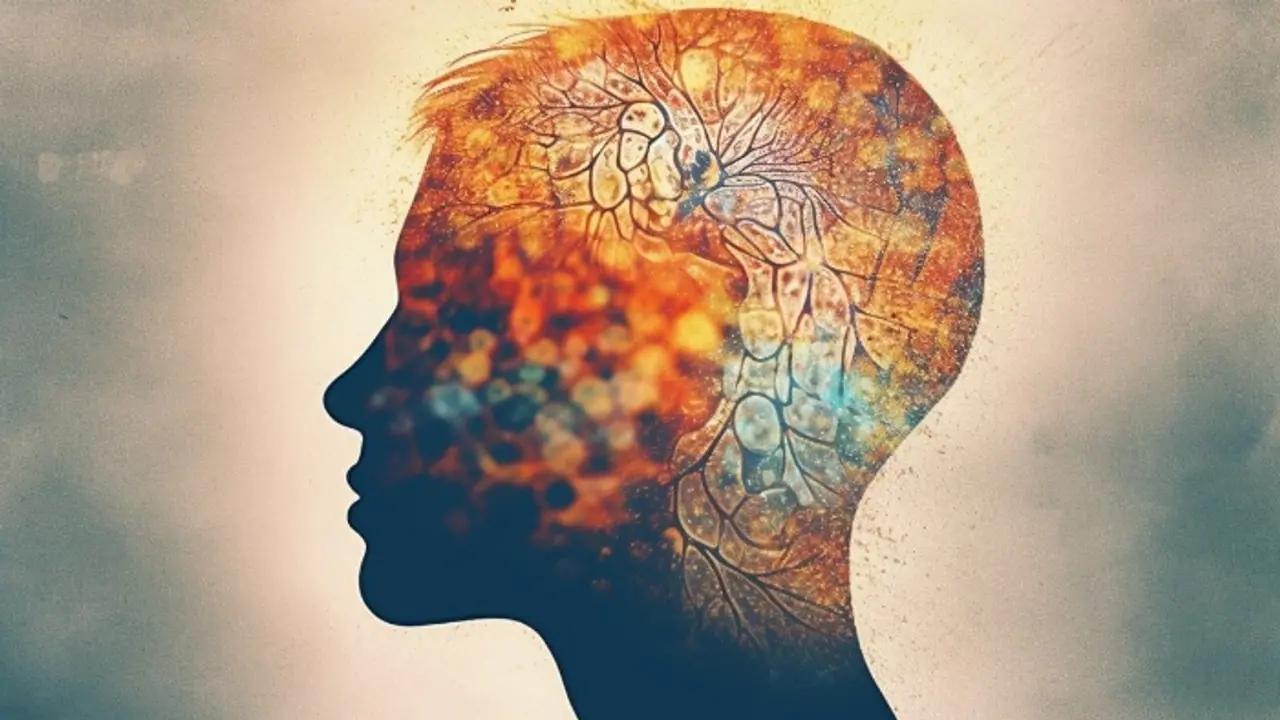Youth stress, anxiety, and depression have increased due to cybercrimes. Online fraud, cyberbullying, identity theft, and dangerous material can lower self-esteem and cause dread and powerlessness. Constant digital surveillance and cyber dangers might cause anxiety and social disengagement.
The rise in cybercrimes has had a profound impact on youth, leading to heightened stress, anxiety, and depression. Issues such as online fraud, cyberbullying, identity theft, and exposure to harmful content can damage self-esteem and create feelings of fear and helplessness. Additionally, constant digital surveillance and cyber threats often lead to paranoia and social withdrawal.

Addressing this issue requires awareness, digital literacy, and mental health support to help young individuals navigate the online world safely. To gain expert insights, we spoke with Dr. Ananth Prabhu, a leading cybersecurity expert and computer engineering professor at the Centre of Excellence in Digital Forensics and Intelligence.
Q1) What are some main factors that lead to the increase in cyberbullying amongst adolescents?
The rise in cyberbullying is closely linked to adolescents' constant smartphone use, widespread access to high-speed internet, and social media engagement. This leads to FOMO (fear of missing out) and NoMo (anxiety of being away from their phone), making online interactions an integral part of their lives. Additionally, peer pressure plays a significant role, pushing teens toward harmful activities in an effort to fit in.
Many believe VPNs, Tor, and anonymous portals offer complete anonymity, but they only create an illusion of invisibility. The need for social validation fuels aggressive online behavior, worsened by a lack of digital literacy. Lack of awareness about cyber laws like the Information Technology Act and Bharatiya Nyaya Samhita (BNS), leaves many vulnerable to legal and ethical risks.
Q2) How to encourage victims of cyberbullying to seek support?
To effectively combat cyberbullying, we must create an ecosystem where victims feel empowered to seek help. Open family discussions on online safety and mental health should start early, fostering a culture of awareness and support.
Schools, parents, and law enforcement must take proactive steps. Educational institutions need to implement anonymous reporting systems and equip counselors with modern, Gen Z-relevant approaches. Educators should move beyond traditional instruction and become trusted facilitators.
Law enforcement, schools, and social organizations must amplify awareness campaigns, emphasizing the urgency of speaking up. Clear communication of strict legal consequences will serve as a deterrent to offenders while reassuring victims that justice will be served.
Q3) What are some of the ways parents can monitor and protect their children when they are online?
Digital parenting is a balance between vigilance and trust. Parents should use parental control tools to manage screen time, spending, and social media use while fostering open conversations about online safety.
Understanding Entertainment Software Rating Board (ESRB) ratings can help ensure children access age-appropriate content, and regular discussions can raise awareness about potential online risks. Monitoring should be firm yet unobtrusive, allowing children to navigate the digital world safely while feeling comfortable sharing their experiences. The goal is to instil digital responsibility, not fear.
Q4) What can young people do to manage the mental health challenges of cyberbullying?
Young people must take charge of their digital well-being by setting boundaries—regular breaks from social media and engaging in offline activities are crucial. They should be empowered to block, report, and disengage from online bullies while seeking guidance from counselors, teachers, or trusted peers when needed.
Parents play a key role in identifying distress through behavioural changes and must intervene early. Building resilience through mindfulness, meditation, and self-affirmation strengthens mental health. Understanding how social media algorithms amplify negativity allows for more mindful engagement, reducing exposure to harmful content.
Also Read: All about Hiccups: Causes, Remedies, warning signals to health issues
Q5) Which policies do you believe should be implemented to protect teenagers from harmful online content?
Protecting teenagers online requires a multi-pronged approach. Stronger age verification, rigorous content moderation, and strict enforcement of intermediary guidelines are essential to prevent exposure to harmful material. Social media platforms must be held accountable through transparent policies and self-certification mechanisms.
In the post-COVID digital era, digital well-being education must be integrated into school curriculums to equip young users with critical online safety skills. Additionally, an independent committee should regularly assess and refine cyber laws to address evolving digital threats.
Data privacy is paramount—children’s information must be handled with the highest security standards, making the strict enforcement of the Digital Personal Data Protection Act (DPDPA) non-negotiable. Social media companies must take responsibility and implement ethical practices to foster a safer, more responsible digital ecosystem.
In concluding the conversation, Mr. Prabhu stated that a collaborative effort is essentialto combat the mental health crisis linked to cybercrimes. Parents, educators, and law enforcement must prioritize digital literacy, emotional resilience, and proactive intervention. Schools should introduce mandatory cybersecurity and digital well-being education, empowering students with the knowledge to protect themselves.
Also Read: Career Tips! 5 key points to keep in mind on your first day of work
On a policy level, governments must enforce stricter content moderation, ethical AI practices, and real-time monitoring of harmful online activities. Social media platforms should be legally bound to remove harmful content swiftly, while child data privacy laws must be strictly implemented through the Digital Personal Data Protection Act (DPDPA).
Ultimately, the goal is to create a safer, more accountable digital ecosystem where young people can engage online without fear, ensuring both mental well-being and cybersecurity go hand in hand.
